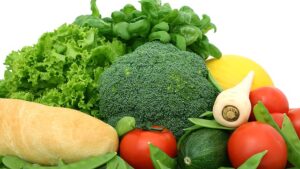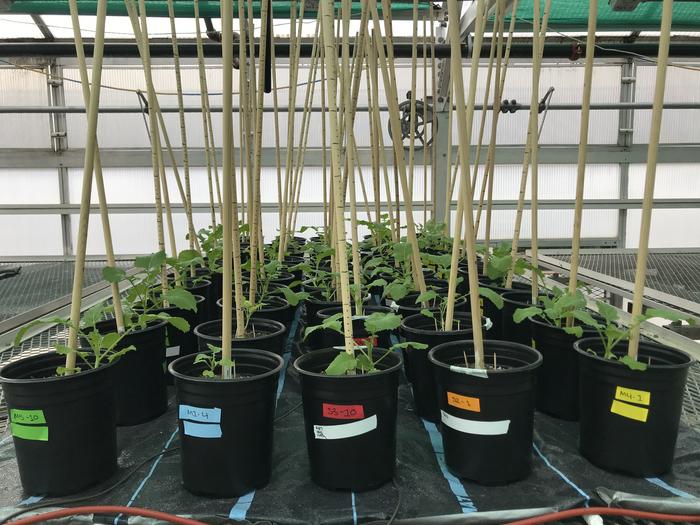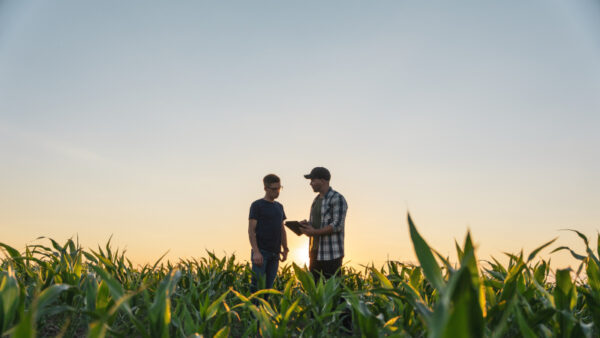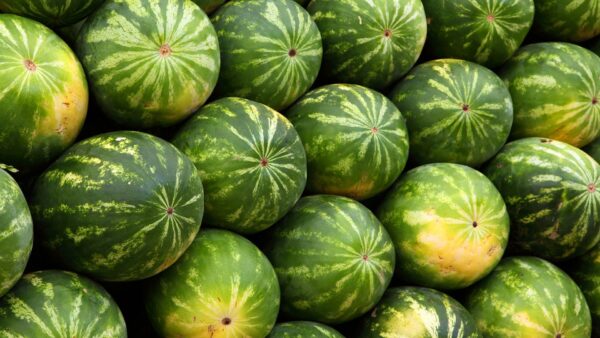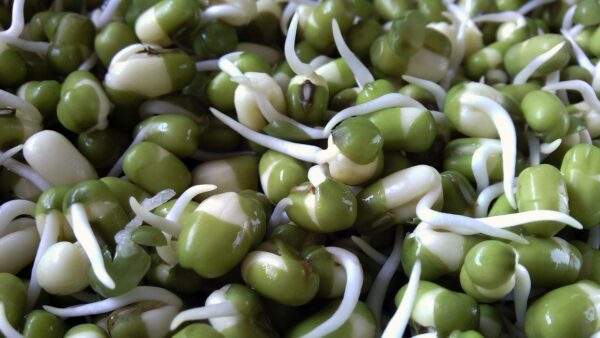A breeding program on the Canadian Prairies is producing new berry varieties from seed that could soon take on the blueberry industry.
Bob Bors fondly remembers the early days of his breeding career, when he was looking to the future and trying to figure out what direction to take his career in. He wanted to be a breeder, but the question was which plant crops to dedicate his life to. He never wanted to devote himself to one crop, but did want to put more effort into a few. His breeding program is involved in breeding about eight crops but he spends more than half his time on haskap.
“The breeder who hired me in my undergraduate days was a strawberry/raspberry breeder who gave up strawberries. He said, ‘Why be one of the best 100 strawberry breeders when I can be one of the Top 10 raspberry breeders?’ So I thought to myself, ‘What’s kind of rare or new that I can really be one of the best at?'”
Enter haskap. This niche crop isn’t just one of the latest fruits to take the berry world by storm — it’s a tiny purple powerhouse that is fueling an entire business sector that is set to come into its own in 2018 and possibly give the blueberry industry a run for its money.
Bors, fruit breeder at the University of Saskatchewan, has made a name for himself as Western Canada’s expert on the haskap berry, an exciting new crop for North America that’s turning heads for it great flavour, versatility and its use in everything from wine to gravy.
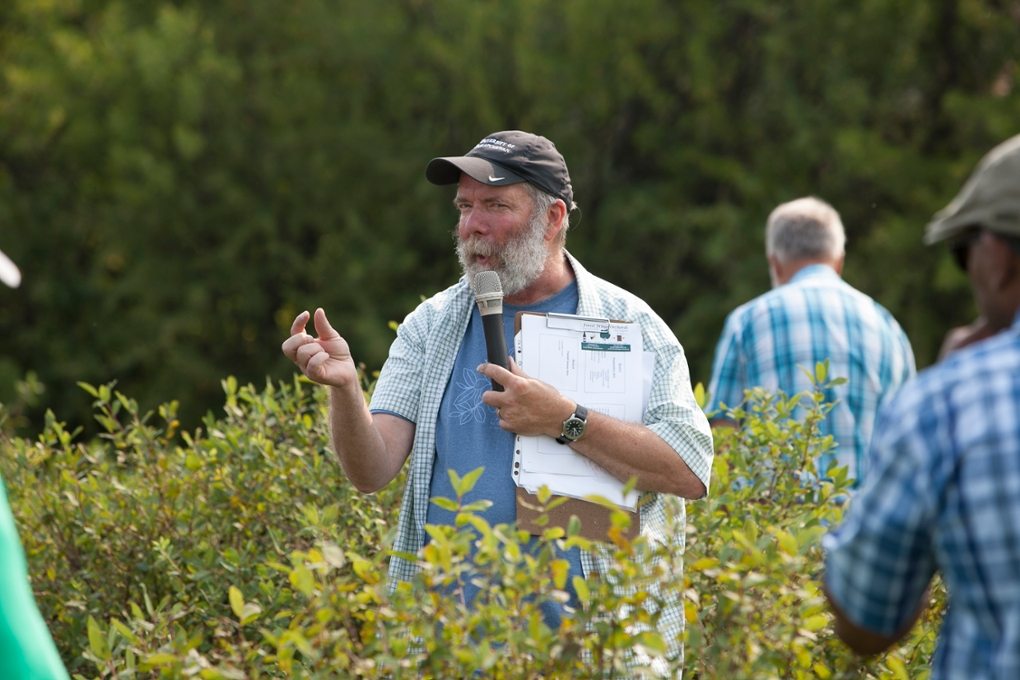
The good varieties taste something like blueberries mixed with raspberries. The bad ones taste like tonic water, he says. The early-maturing varieties are the first fruit crops to ripen, even before strawberries. Late ones are ripe three weeks later.
“In Saskatchewan, the first guaranteed frost-free day is June 1, and the berries are already ripening three weeks after that,” Bors says. “It’s an amazing crop.”
In terms of acreage, there are about three million haskap plants being grown in Canada from B.C. to the Maritimes and as far north as the Yukon, according to Curtis Braaten, owner of Saskatchewan’s Haskap Central Sales Ltd. Half of Canada’s haskap acreage is grown in Quebec, he notes. The largest single haskap orchard in Canada is in the Maritimes, and grows around 180,000 plants.
Those numbers are growing. According to Braaten, Canadian haskap acreage is now big enough that in 2017, fresh samples from Canada were sent to Asia and the United States, where the considerable market for fresh Canadian haskap berries is on the horizon.
Breeding Bonanza
Things weren’t always this rosy for the haskap berry, however.
“When we started, haskap was a crop that came in only at the end of June. It had small fruit that looked like the eraser on the end of a pencil,” Bors says.
One group of varieties came from Russia, and ripened too early. The other group of varieties was Japanese, and ripened unevenly.
Breeding the two together, researchers have been able to produce multiple varieties that have improved flavour and better agronomics overall. Bors’ breeding program generates as many as 20,000 seeds from controlled crosses in a single year. Bors and his team germinate them and select out the fastest-growing ones.
Like many other fruit crops, haskap requires pollen from an unrelated variety in order to set fruit. Generally speaking, closely related plants will not set fruit with each other. Haskap plants have complete flowers, meaning they have pollen and ovules. Haskap does not have separate male and female plants. When two compatible haskap varieties are planted close to each other, both bushes will set fruit.
It’s not enough to have compatible pollen, though. To pollinate each other, both plants must bloom at the same time and be genetically compatible.
“Mainly because I’m a professor type who’s kind of curious, we decided to combine different attributes for the purpose of making varieties that could be mechanically harvested. With haskap, no one had ever really done that before. In Japan, they harvest haskap by hand,” Bors says.
His breeding program has released 10 haskap varieties, with flavour profiles ranging from sweet to tangy to tart. Boreal Beast is the latest release, available for the first time in 2018. Boreal Beauty and Boreal Blizzard came before it. All produce larger berries and are designed for mechanical harvesting, but can just as easily be handpicked as well.
“In Japan, consumers pay a premium for larger berries. Some producers sort through their berries to find the largest ones. It was pointed out to me at a wholesale produce market in Hokkaido that two cases of large haskap would sell for a similar amount as 20 cases of average-sized fruits,” Bors says.
The large haskap berries he saw probably averaged half the weight of Boreal Blizzard, Bors says. But unless you can ship fresh to Japan, he doesn’t expect a premium price in Japan for large berries for processing.
“I don’t think anyone cares about fruit size if the fruit is processed. Sugar infusing them as a candy or vodka or other alcohol with whole fruit might be the exceptions.”
A Worthy Berry
If anyone could be considered discerning when it comes to the flavour of their haskap, it would be someone like Grant Rigby. A director for the Prairie Fruit Growers Association for the last 30 years and owner of Rigby Orchards Estate — established in 1999 as the first winery in Manitoba — Rigby is just one of many entrepreneurs discovering the business opportunities presented by haskap. Rigby Orchards produces a wine made with haskap.
“A lot of people don’t know what haskap is. It’s not in anyone’s backyard, and they don’t know it from their regular berry picking experiences. They don’t know what it looks like or where it came from,” Rigby says. Despite that fact — or maybe because of it — the public seems to accept haskap wine being side-by-side on the shelf with Canadian red wines.
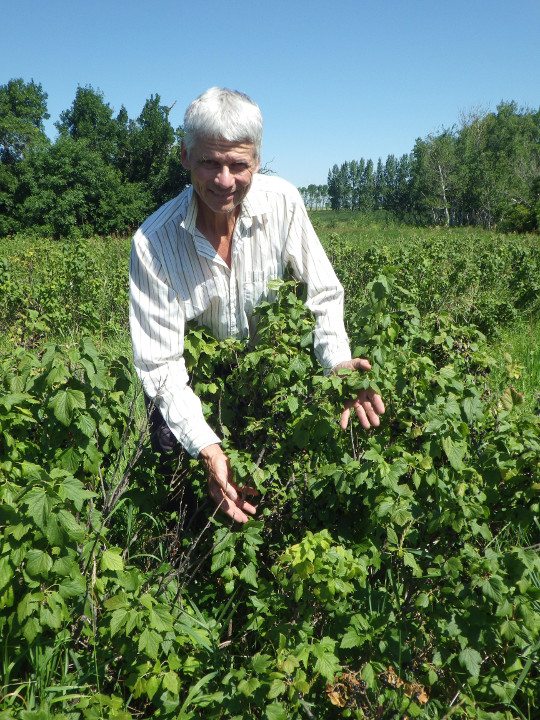
Rigby Orchards also produces a mead made with haskap.
“It really helps distinguish the product when they see ‘haskap’ written on the label. People who appreciate fine wine are the kind of people who want to try new things, different things, and haskap is certainly new and different. Not to mention the fact it has a wonderful flavour. It’s definitely makes a worthy product.”
The berry is also making a name for itself as a so-called “superfood”. Vasantha Rupasinghe, professor and Killam Chair in Functional Foods and Nutraceuticals at Dalhousie University in Nova Scotia, and his team have begun a new research initiative to investigate the disease-fighting power of haskap.
In 2012, Rupasinghe’s team made the first scientific publication in Canadian Journal of Plant Science indicating haskap is extremely rich in dietary antioxidants such as flavonoids. The berry also has health promoting molecules that have been used to treat many diseases in other countries such as Northern Russia, Japan and China for thousands of years.
The experiments related to cancer preventive and cardiovascular benefits of haskap are beginning, as well as one looking at whether haskap can help manage Type 2 diabetes.
“There is promising evidence haskap can also help prevent cancer by preventing DNA damage caused by exposure to various toxic chemicals. It has a lot of potential.”
Rupasinghe notes that the haskap plant is also very cold-hardy — its flowers can withstand a frost event as low as -7 C — meaning it’s not only a healthy addition to the Canadian diet, but ideal for growing in the harsh Canadian climate.
In 2015, the Nova Scotia government awarded a $25,000 grant to Rupasinghe’s laboratory to develop an advanced juice manufacturing process for retaining the bioactive compounds found in fresh Haskap berries. A Canadian-made haskap juice won the best new product category at the 2013 World Juice Awards in Germany.
“I’m convinced this is the easiest soft fruit on the Prairies to commercialize because of its uniqueness and health properties and the fact it matures so early,” says Haskap Central’s Curtis Braaten.
Haskap Central is dedicated to the sale and agronomics of Canadian-grown haskap. Braaten started the Saskatchewan-based business 10 years ago to service the growing haskap industry. When the University of Saskatchewan released its improved cultivars, Haskap Central became one of the first licenced propagators. Braaten helped initiate¬†the development of a community based corporate orchard of haskap — Northern Light Orchards Ltd.

Currently, Braaten is exporting haskap plant material to the European Union, Switzerland, Norway and the United States.
“Where much of the discussion of haskap’s potential is focused on exports to Asia and Europe, we sometimes forget we have 350 million people just south of us who are pretty much unaware of this berry,” he says. “The blueberry industry knows we’re coming.”
Haskap is getting noticed for its health benefits and culinary uses, but is also turning heads for its ease-of-use among growers, Braaten notes.
“I haven’t heard of anyone yet needing to apply fungicides to it to stay profitable. And because it thrives in cool climates, northern growers can be quite confident the big boys in California won’t be able to take it over — it just won’t be commercially viable down there,” he says.
Of course, there are precautions worth noting, Rigby says. Despite his affinity for haskap, the crop has some potential drawbacks that don’t make it suitable for all growers and processors.
“Although planting and machine harvesting costs are likely similar between grapes, blueberries and haskap, haskap growers’ experience suggests that haskap yields only a fraction of the fruit and also much less than high bush blueberries.¬†Haskap’s productive lifespan is also unknown.¬†Juice products made from haskap will thus likely always be considerably more expensive to grow in the field.”
The Facts on Haskap
Haskap is the Japanese name (meaning “berry of long life and good vision”) for Lonicera caerulea, also known as edible blue honeysuckle. Haskap is the branding name being used in North America to differentiate new varieties of the plant.
It is a circumpolar species native to northern boreal forests in Asia, Europe and North America. It is mainly found in low-lying wet areas or on mountains.
The first introduction of the cultivated plant was at Beaverlodge, Alta. in the 1950s. The fruit was bitter and unpalatable.
The fruit is an oblong berry about 1 cm in diameter and 1-4 cm in length.
Source: Haskap Canada
WHERE ON THE WEB:
Haskap wine manufacturer Grant Rigby advises anyone contemplating establishing a haskap orchard to plan to maintain a living mulch soil cover between the rows, to avoid creating soil salinity. See rigbyorchards.com/soil_salinity.html.




